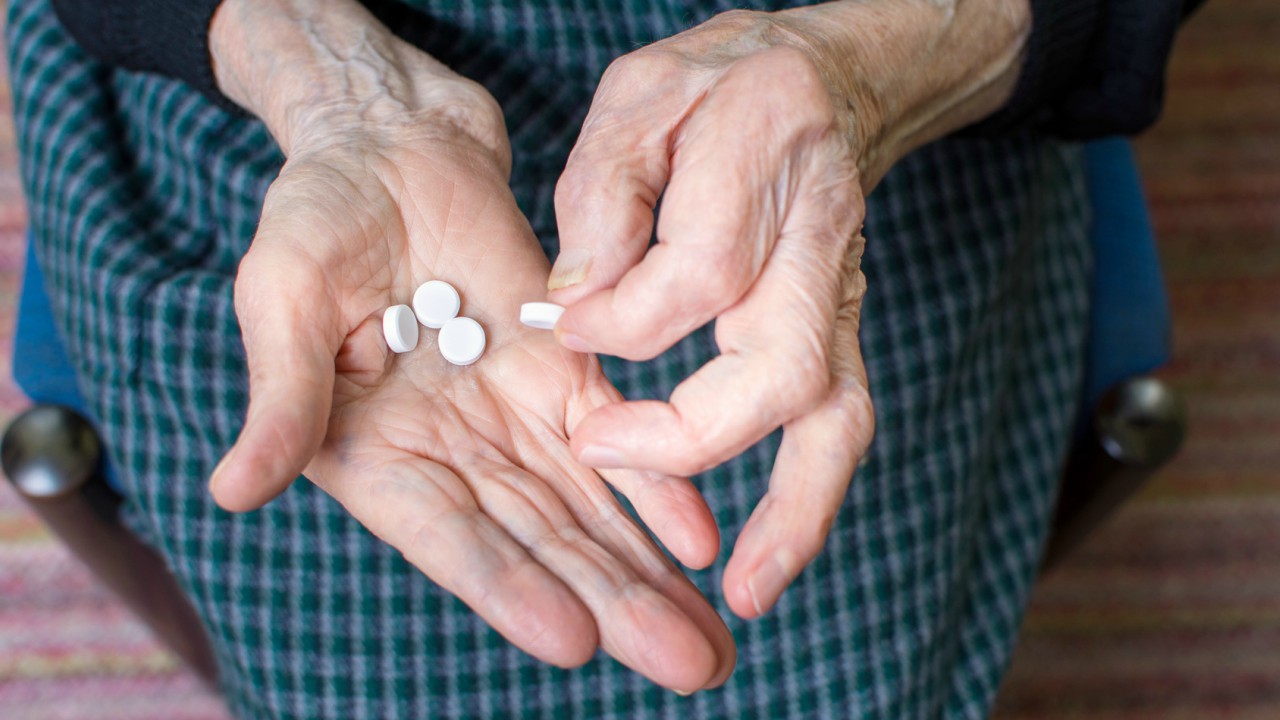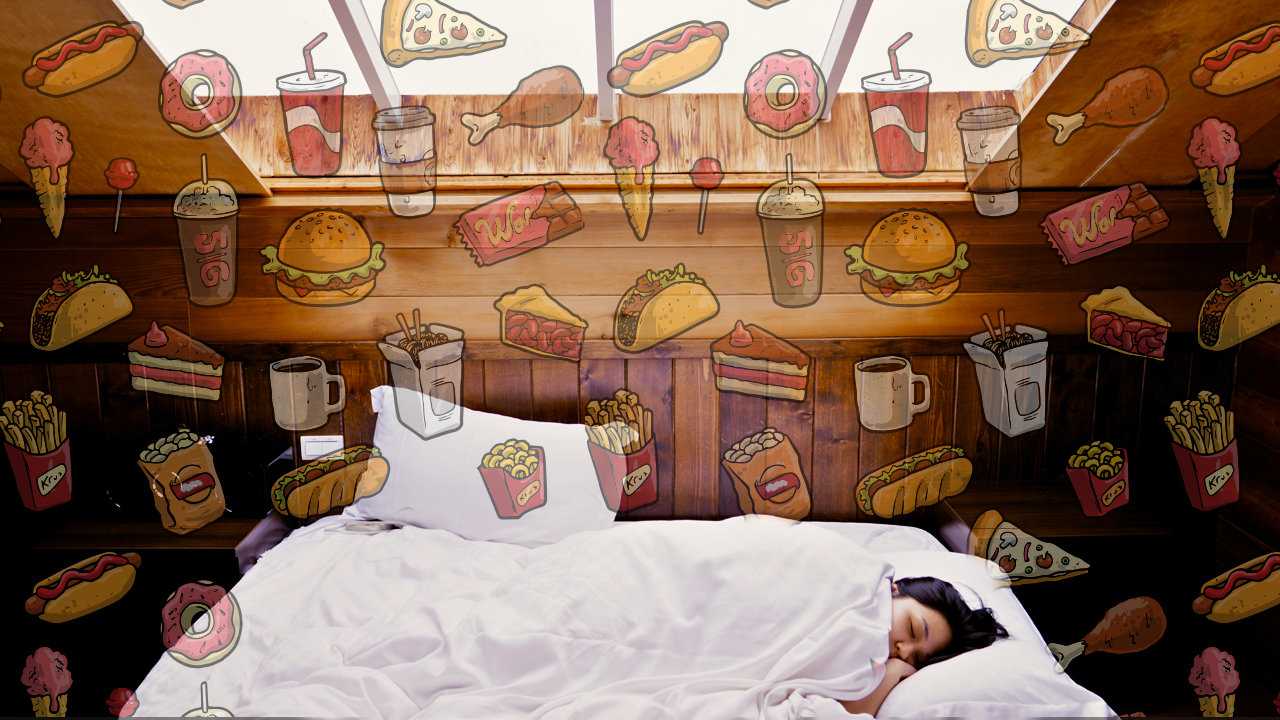Early in the morning I had a habit of eating a bowl of cereal or a whole grain waffle. Sometimes for lunch or for dinner I ate cereal. It is such an easy meal and it is always available. And I got lazy cooking, especially sometimes for just me. A few years ago before I got into my heart problems I ate cereal constantly. I got addicted to cereal so much so that I had to have at least 10 different varieties of cereal boxes in my kitchen cabinet at all times. They included personal favorites like Honey Bunches of Oats, Cinnamon Toast Crunch, Special K, Froot Loops, Apple Jacks, Frosted Flakes, and Fruity Pebbles.
As a diabetic, I was ignorant about the nutritional values of these cereals and how they affected me for so long. Sometimes I would eat all three meals with a different kind of cereal. I thought I was on a diet and watching what I was eating by eating limited portions of cereals. Little did I realize the sugars and carbs were eating my system up.
Not all cereals are bad. During the past several years the cereal market has seen tremendous improvements with taste, nutritional facts, and additives among other qualities of healthy cereals. Most people watch what they eat. Most mothers are aware of the kinds of nutrition they are providing for their children, especially for breakfast. Still, there are plenty of children who either eat no breakfast or eat at least two bowls of breakfast cereal in the mornings. My children, even though they are in their twenties and thirties, still reach out for a bowl of cereal for a midnight snack. Cereal, like any American fast food, has made its way into our lives and turned as a tradition by itself.
Even now I indulge myself with cereals when I feel like it. But I don't always crave them like before. I take it like medicine--a couple of spoons full instead of a huge bowl or a medium sized bowl with maybe a quarter glass of non fat milk. I do not eat cereal at night time since it raises my blood sugar very high. I indulge myself mostly with high fiber, low sugar cereal when I have low blood sugar. I do not entertain myself with super sugary cereals anymore.
When shopping for cold cereals there are several facts to know and understand. Low carb cereal does not necessarily mean low fat or low sugar. Low sugar cereal usually means high carbs. Cereals with natural fruits like raisins, cranberries, and apples do not necessarily contain less sugar and carbs. Cereals with almonds usually have less sugar and carbs. Cereals that boast about helping you lose weight in three weeks, providing you eat them three meals a day, are usually high carb. Colored cereals usually mean chemicals have been added, especially if they change the color of your milk.
Diabetics don't necessarily need to stop eating cereal all together. Controlling portion size like any other foods is essential. The suggested serving sizes should be cut back in order to maintain blood sugar levels. Adding a spoonful of wheat germ or almonds adds more fiber to the cereal to make our stomach feel full. Buying high fiber cereals that do not have raisins and fruits and instead adding raw fruits, dates or raisins is beneficial to ensure low sugar intake. Even when we eat a small portion of cereal for breakfast it is helpful to add some protein on the side like a boiled egg or sprouts. Never eat cereals right before going to bed since they raise blood sugar even if they are high fiber and high protein.
With a little bit of caution and control over portion size I am now able to enjoy cereal whenever I feel like it. Being diabetic is not always easy. But to me being on a diabetic diet does not mean I should be deprived of foods I like the most. It just means that I am like any normal healthy person wanting to stay healthy. Smaller portions of food throughout the day, plenty of water, and fifteen to twenty minutes of exercise after each meal are a diabetic's rules of thumb because, OUR LIFE MATTERS.





Add a CommentComments
There are no comments yet. Be the first one and get the conversation started!